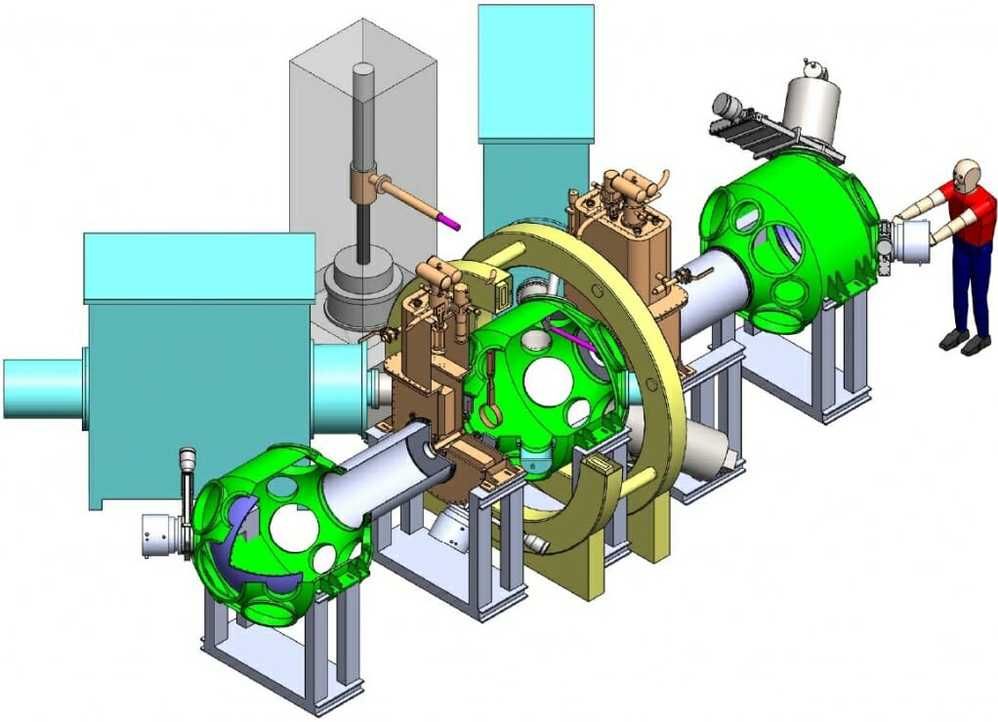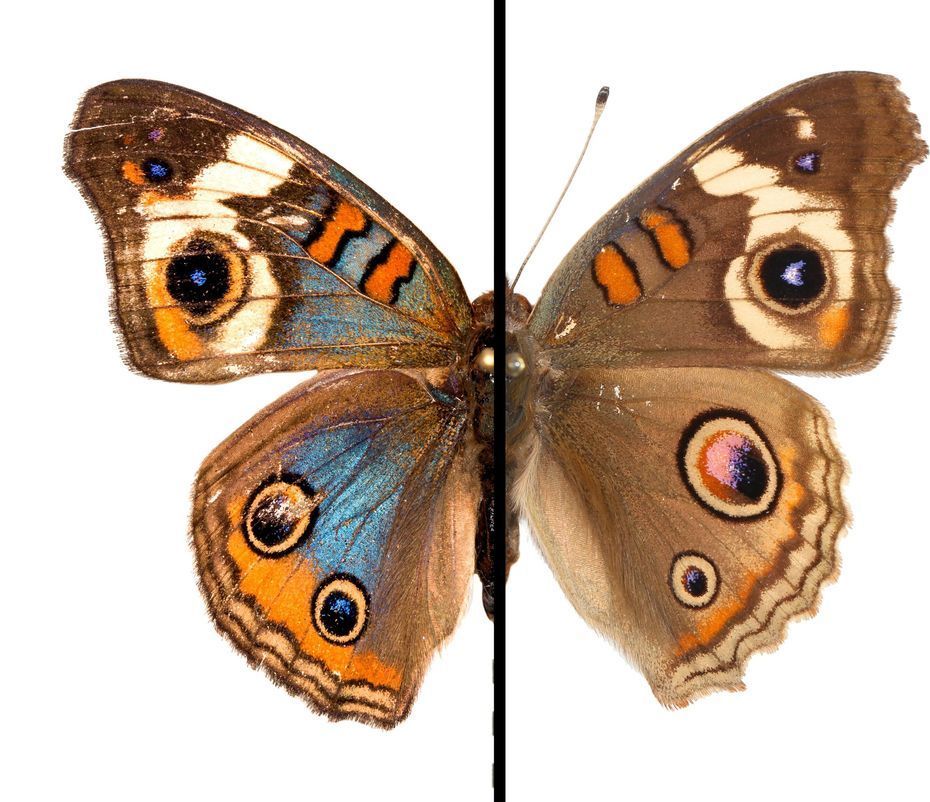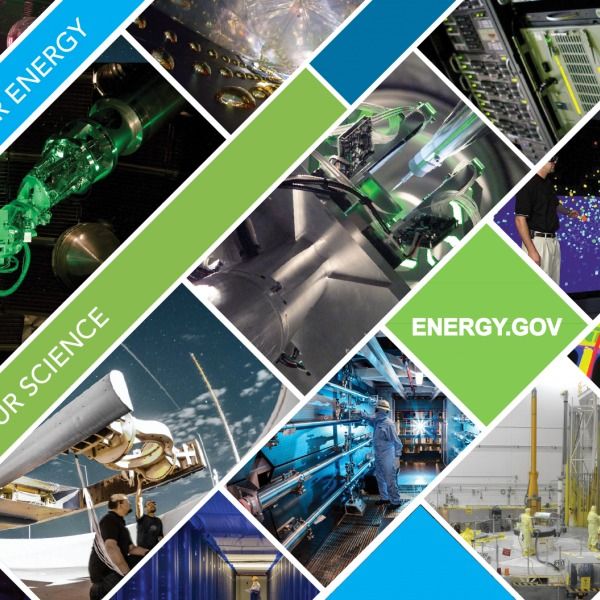Apr 14, 2020
Physicists to improve plasma fusion mirror devices with $5 million grant
Posted by Quinn Sena in categories: nuclear energy, particle physics
Fusion research began in earnest in the 1960s, when scientists developed mirror machines. These linear tubes have pinched magnetic field lines on either end that act like mirrors, reflecting the charged plasma particles inward and retaining them and their heat in the machine. American researchers halted mirror research three decades ago, mainly due to an inability to contain the plasma.
WHAM will essentially take the team’s research back to the mirror machine days, but with significant upgrades.
“We hope to go well beyond what was done in the mirror program because we have access to very-high-field superconducting magnets like those being built by our partners for toroidal (donut-shaped) plasmas,” Forest says. “These magnets and heating systems simply weren’t available 20 years ago. It’s a new look at an older concept using new technology.”


















